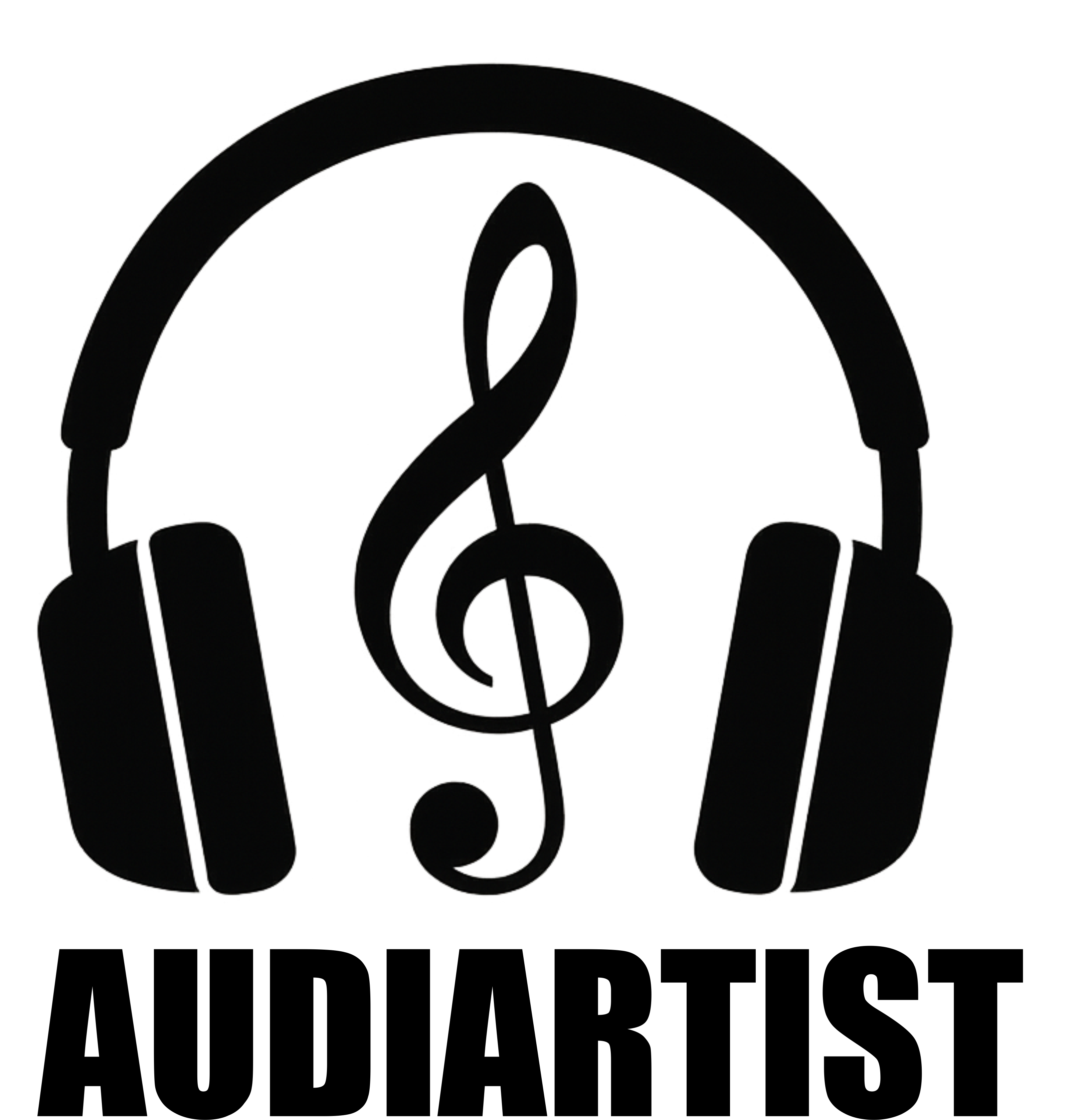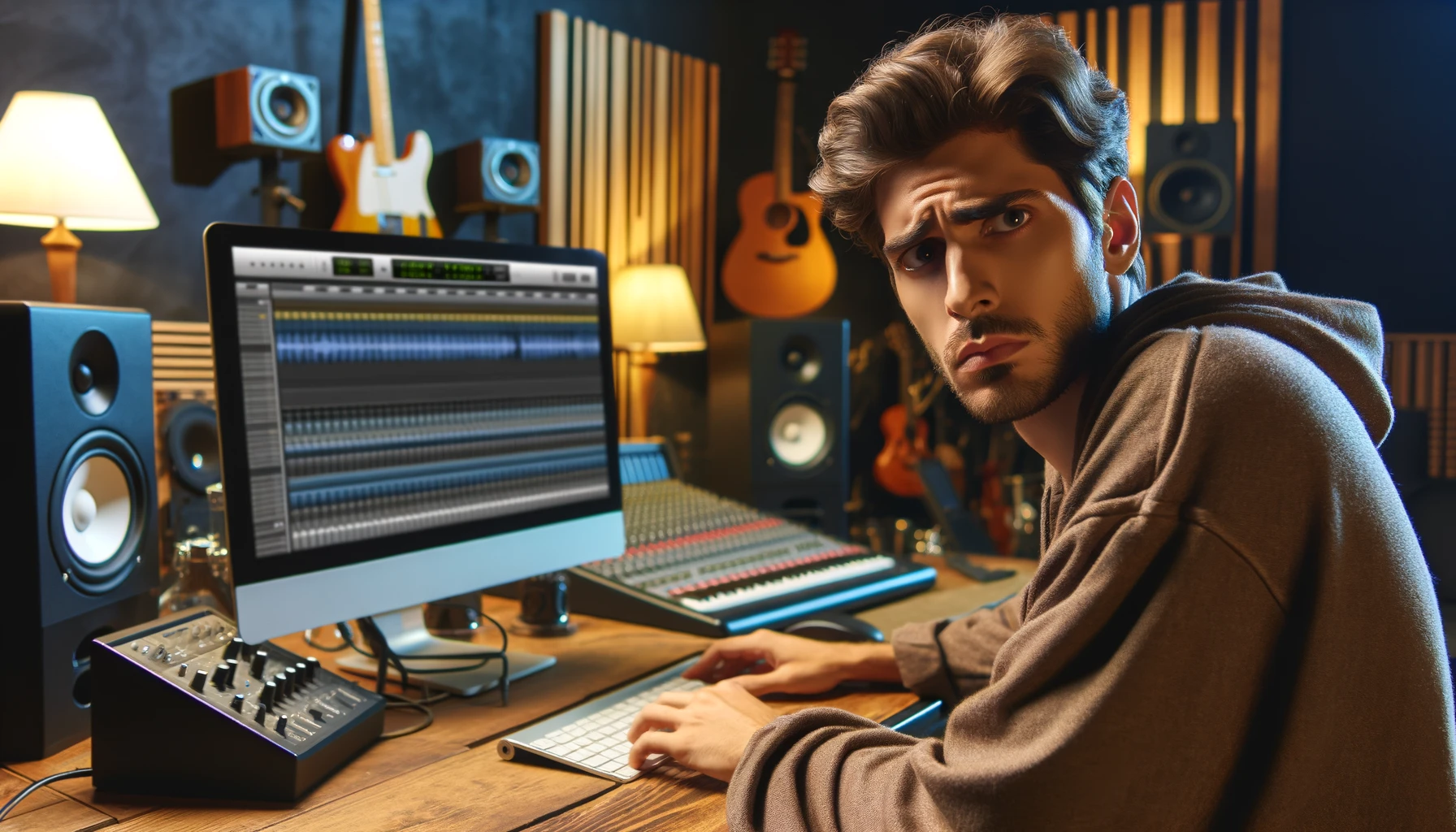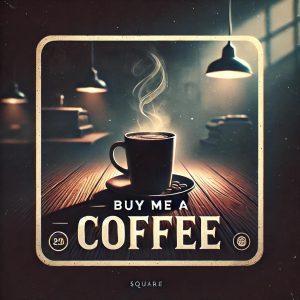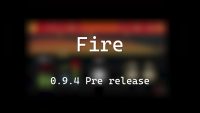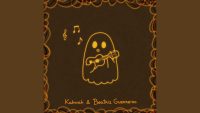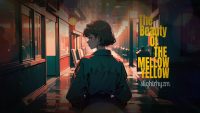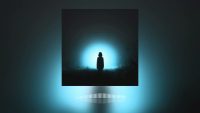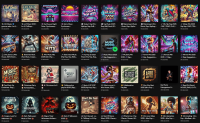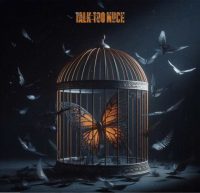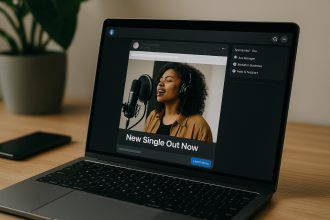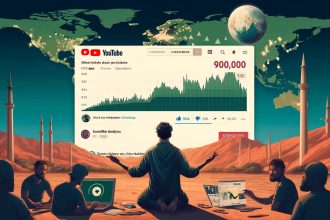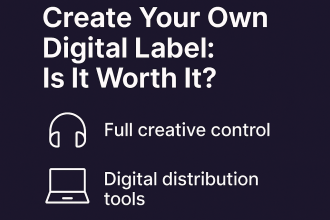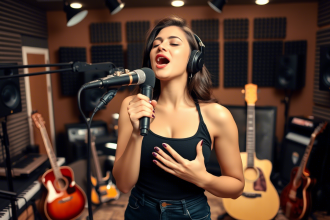In the ever-evolving world of music, originality is paramount. However, with the rise of sampling and digital music production, the line between inspiration and plagiarism can sometimes blur. This article investigates the serious risks musicians face when using samples or music without proper authorization.
Understanding Musical Plagiarism
Musical plagiarism occurs when an artist uses another’s work without permission, passing it off as their own. This can include unauthorized sampling, covering songs without proper licensing, or lifting melodies and harmonies directly from other compositions. While inspiration is a natural part of the creative process, it becomes problematic when it crosses into outright copying.
Legislation and Copyright Laws
Copyright laws are designed to protect original works and ensure that creators receive due credit and compensation for their art. International and local laws govern these rights, and infringement can lead to severe consequences. Notable cases include Marvin Gaye’s estate vs. Robin Thicke and Led Zeppelin vs. Spirit, highlighting the complexities of musical copyright.
Consequences of Musical Plagiarism
Plagiarism can have far-reaching effects:
Legal Risks
Infringement can result in lawsuits, hefty fines, and damage awards. Legal battles can be lengthy and costly, draining an artist’s resources.
Professional Consequences
An artist’s reputation can suffer irreparable harm. Being labeled a plagiarist can lead to lost contracts, sponsorships, and professional relationships.
Financial Impact
Beyond legal fees, artists might have to pay significant settlements and lose future revenue streams from their music.
How to Avoid Plagiarism
There are several steps artists can take to stay clear of plagiarism:
Research and Due Diligence
Before using a sample or melody, ensure it is not copyrighted or that you have secured the necessary rights. Databases and music recognition services can help in verifying originality.
Obtaining Licenses
If you plan to use existing works, follow the proper channels to obtain licenses. This process often involves negotiating terms and paying royalties to the original creators.
Using Royalty-Free Resources
Many websites offer royalty-free samples and music that artists can use legally. These resources provide a safe way to incorporate new sounds without legal risks.
Creative Alternatives to Plagiarism
Instead of resorting to plagiarism, consider these creative alternatives:
Create Your Own Samples
Developing original samples can set your music apart and ensure it is entirely your own.
Collaborations and Agreements
Work directly with other artists to create new works legally and ethically. Collaborations can lead to fresh and innovative music.
Inspiration vs. Imitation
Draw inspiration from other artists while maintaining your unique style. It’s possible to be influenced by great music without copying it.
Conclusion
Respecting copyright laws and maintaining artistic integrity are crucial in the music industry. By understanding the risks and taking proactive steps, artists can protect themselves and their careers from the pitfalls of plagiarism.
Have you experienced issues related to musical plagiarism? Share your thoughts and stories in the comments below!
